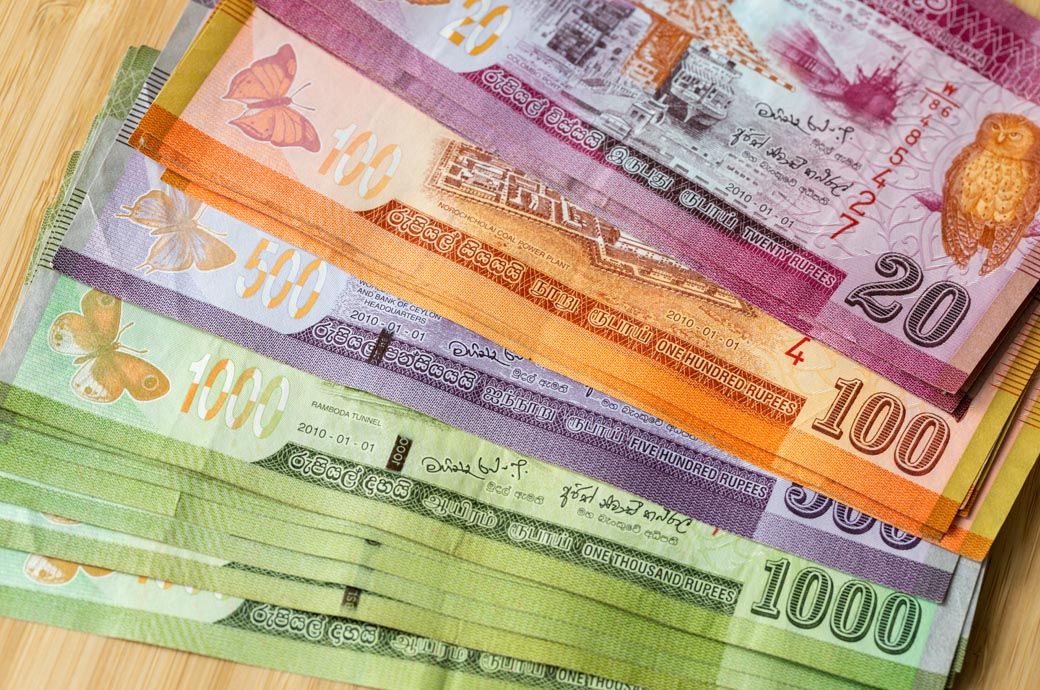
The introduction of an overnight policy rate (OPR) would help markets more easily adjust to lower rates and help foster growth, the Central Bank of Sri Lanka (CBSL) said in a release.
With this change, the effective reduction in the policy interest rate would be around 50 basis points from the current level of the average weighted call money rate (AWCMR), which continues to serve as the operating target of the Flexible Inflation Targeting (FIT) framework, the release said.
With this transition, the standing deposit facility rate (SDFR) and the standing lending facility rate (SLFR) will no longer be considered policy interest rates of the central bank. But banks can continue to use them to borrow or lend from it and these would be set 50 basis points on either side of the OPR. Accordingly, SDFR and SLFR will be 7.50 per cent and 8.50 per cent respectively.
The aim is to ensure that inflation treads towards the inflation target of 5 per cent, while supporting the economy to reach its full capacity.
The key factors that convinced the board to take the decision were the deeper-than-expected deflation conditions in the near term with further moderation of underlying inflationary pressures and inflation expectations, better-than-expected developments on the external front, and the lack of further space available for a reduction in market lending rates.
Headline inflation is projected to remain negative in the near term; it turned negative in September, and remained in the negative territory in October. Meanwhile, inflation expectations appear to have further moderated since the previous monetary policy review.
A larger expansion in import expenditure relative to export earnings drove the country’s merchandise trade deficit to widen year on year (YoY) in the nine months ending September 2024.
Fibre2Fashion News Desk (DS)